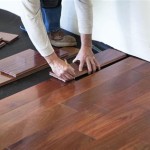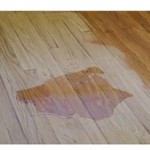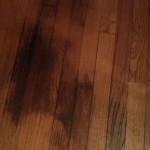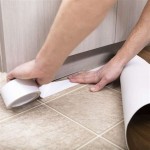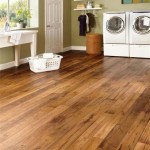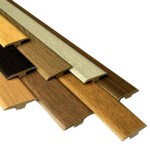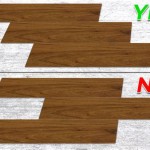Engineered hardwood flooring is a type of flooring that is composed of multiple layers of wood bonded together to create a strong, durable flooring material. It is made up of a top layer of real hardwood, and a bottom layer of plywood. This makes engineered hardwood flooring one of the most durable and reliable types of flooring available, making it a great choice for both residential and business applications. Engineered hardwood flooring is also known for its elegant, natural look. It can be installed over a variety of subfloor types, including concrete or plywood, and is available in a wide range of colors, finishes, and styles.
Benefits of Engineered Hardwood Flooring
Engineered hardwood flooring is extremely durable and can stand up to high traffic areas, making it a great option for both residential and commercial applications. Its layers provide more stability than solid hardwood, making it less susceptible to warping or buckling when exposed to moisture. Additionally, engineered hardwood flooring is much easier to install over a variety of subfloor types, including concrete, and is available in a wide range of colors, styles, and finishes.
Types of Engineered Hardwood Flooring
Engineered hardwood flooring is available in a wide variety of styles, colors, and finishes. Some of the most popular types of engineered hardwood flooring include:
- Hand-scraped hardwood flooring
- Distressed hardwood flooring
- Reclaimed hardwood flooring
- Prefinished hardwood flooring
- High-gloss hardwood flooring
- Low-gloss hardwood flooring
Installation of Engineered Hardwood Flooring
Engineered hardwood flooring can be installed in three different ways: floating, glue-down, and nail-down. The floating method requires that the flooring pieces be laid over a foam underlayment, with the pieces interlocking together. Glue-down installation requires that the pieces be glued down to the subfloor with a special adhesive. Nail-down installation requires that the pieces be nailed down to the subfloor with a nail gun. Each method has its own advantages and disadvantages, so it’s important to evaluate your needs before deciding which installation method to use.
Maintenance of Engineered Hardwood Flooring
Engineered hardwood flooring is extremely low-maintenance and does not require a lot of upkeep. Regular sweeping and damp-mopping with a mild detergent is all that is required to keep it looking its best. It is important to avoid using harsh chemicals or waxes on the floor, as this can damage the finish. Additionally, it is important to protect the floor from scratches, dents, and spills. A quality floor pad can help protect the floor from furniture and pet claws.
Cost of Engineered Hardwood Flooring
The cost of engineered hardwood flooring will depend on several factors, including the type of wood, the thickness of the layers, the finish, and the installation method. Generally speaking, engineered hardwood flooring is more affordable than solid hardwood flooring. However, due to its durability and easy installation, it is often a more cost-effective option.
Conclusion
Engineered hardwood flooring is a great choice for both residential and business applications. It is extremely durable and is available in a wide variety of colors, styles, and finishes. Additionally, it is relatively easy to install, and is more affordable than solid hardwood flooring. With proper maintenance, engineered hardwood flooring can last for many years, making it a great investment for any home or business.















Related Posts


